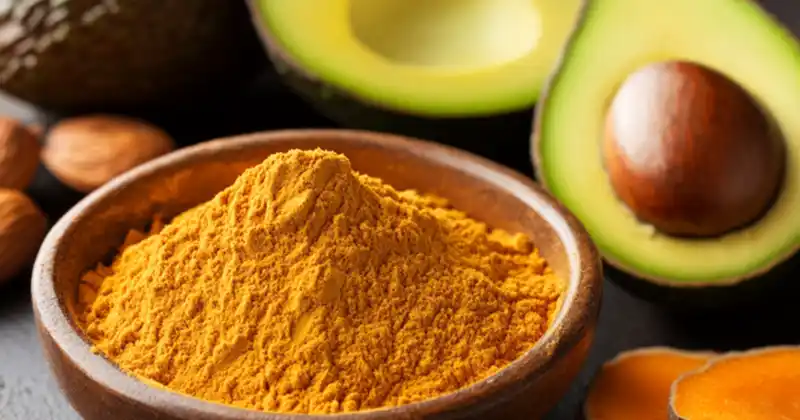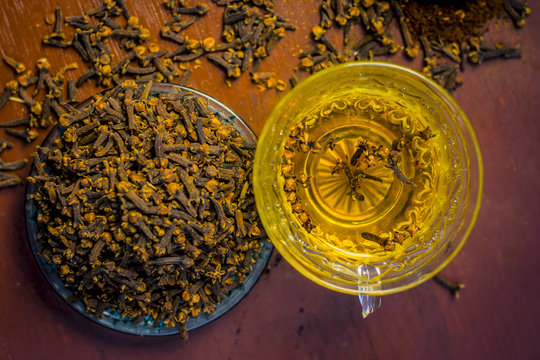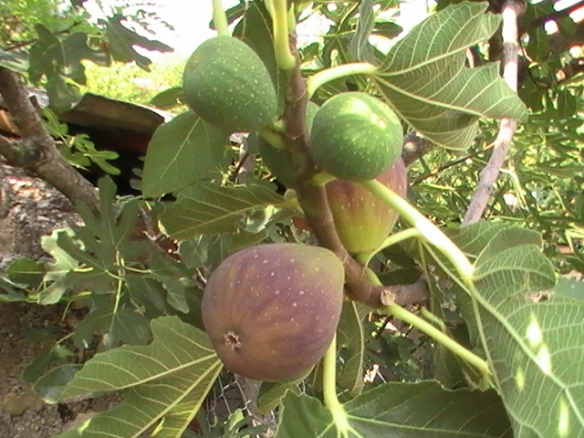
Pumpkin is often celebrated for its role in pies and as a festive decoration, but there’s much more to this vibrant vegetable than meets the eye. Packed with nutrients, pumpkin is a real treasure, especially for those looking to manage their blood sugar levels. Let’s dive into why pumpkin should be a staple in your diet and how you can incorporate it into your meals.
Why Pumpkin? Pumpkin is low in calories but high in fiber, which is beneficial for blood sugar control as it can help slow the absorption of sugar into the bloodstream. It’s also rich in potassium, vitamin C, and beta-carotene, which the body converts into vitamin A. These nutrients not only support eye health and immune function but also play a role in heart and skin health.
Pumpkin’s Role in Blood Sugar Management The key to pumpkin’s blood sugar-regulating abilities lies in its high fiber content and low glycemic index. This means it has a slow, gradual effect on blood sugar levels, making it an excellent choice for steady energy throughout the day. Pumpkin seeds are also a healthy snack that’s rich in healthy fats, magnesium, and other nutrients that can help stabilize blood sugar levels.
How to Include Pumpkin in Your Diet
-
Pumpkin Soup: A warm bowl of pumpkin soup can be both comforting and healthy. Simply blend cooked pumpkin with vegetables like onions and carrots, add your favorite herbs, and enjoy a creamy soup without the cream.
-
Roasted Pumpkin: Cube fresh pumpkin and roast it with a drizzle of olive oil and a sprinkle of cinnamon—a spice also known for its blood sugar benefits. This makes a delicious side dish or a filling component to salads.
-
Pumpkin Puree: Make your own pumpkin puree instead of buying canned versions, which often contain added sugars. Homemade pumpkin puree can be added to smoothies, used as a baking ingredient in muffins and bread, or stirred into oatmeal for a naturally sweet flavor.
-
Pumpkin Seeds: Don’t discard those seeds! Roast them with a little salt or spices for a crunchy, nutritious snack.
A Friendly Reminder While pumpkin is beneficial, maintaining blood sugar levels involves a balanced diet and regular physical activity. Incorporating pumpkin into your diet can contribute to your overall health strategy, but always consider your complete dietary needs.
Pumpkin isn’t just for autumnal treats; it’s a versatile vegetable that deserves a place in your kitchen year-round. With its array of health benefits, particularly for blood sugar management, pumpkin is indeed a real treasure. Give these ideas a try and discover just how delicious healthy eating can be!





